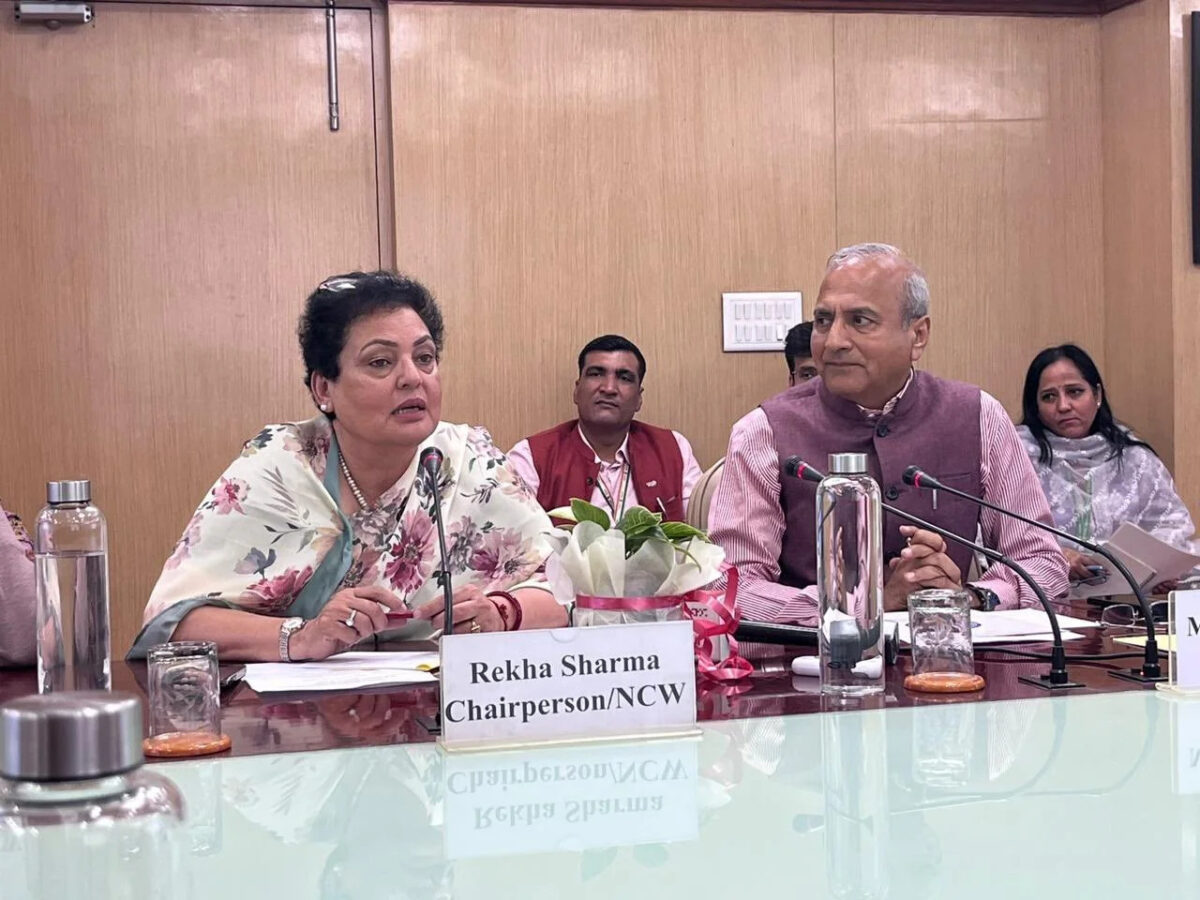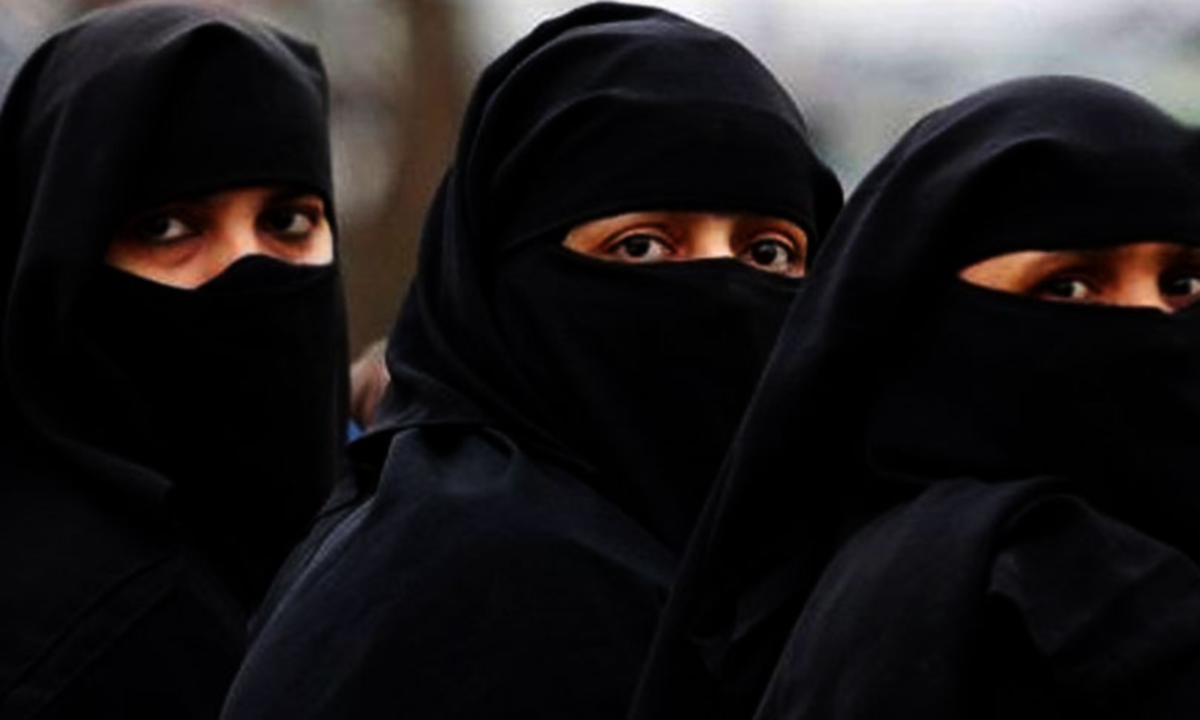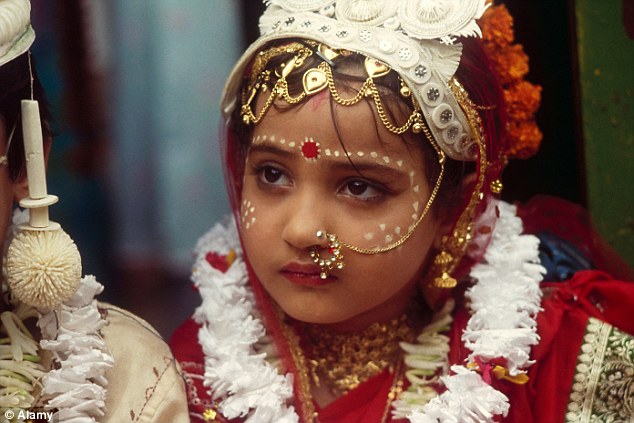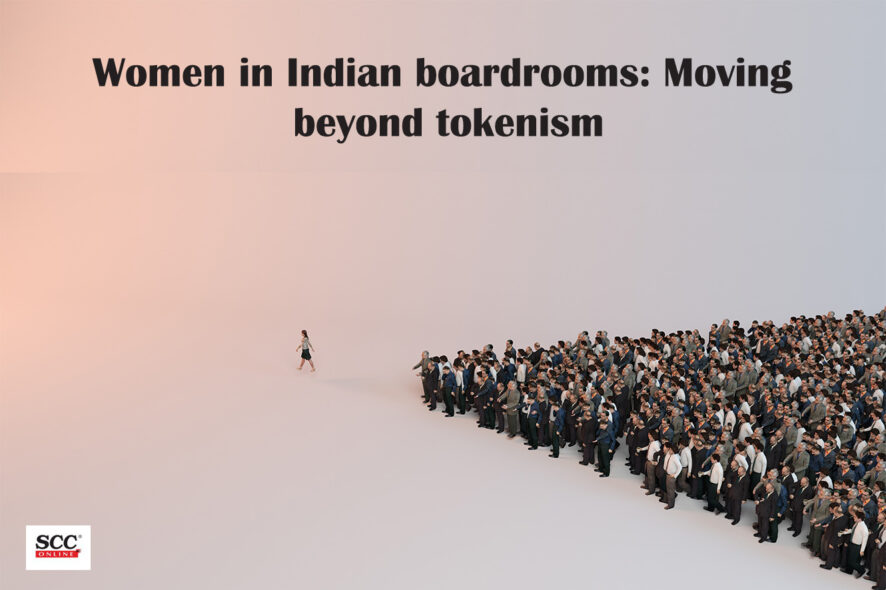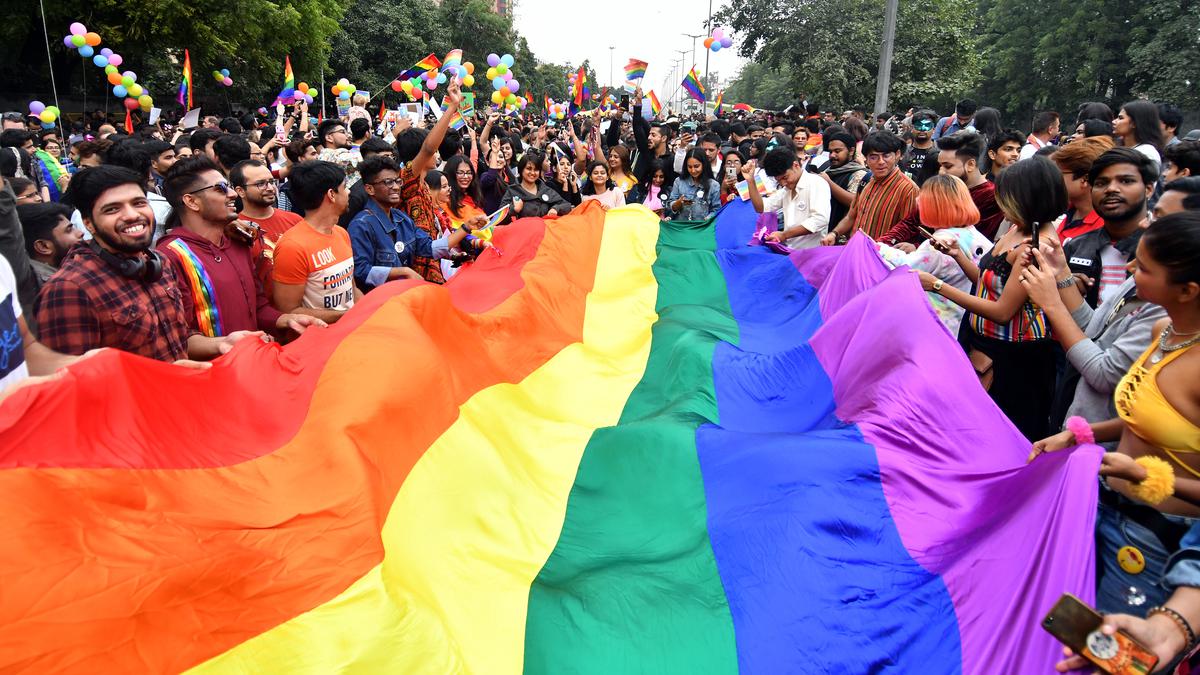The Indian Academy of Paediatrics has started a campaign to highlight routine immunisation as a child’s birthright during World immunisation Week, which runs from April 24 to 30.
About Measles Vaccination
- This vaccination prevents three diseases: measles, mumps, and rubella. The CDC advises that children receive two doses of MMR vaccination, the first at 12–15 months of age and the second at 4–6 years of age.
- Teens and adults should also have had their MMR vaccinations.
Global Immunisation Efforts and Current Observations:
World Immunisation Week Campaign by IAP
- The Indian Academy of Paediatrics (IAP) sponsored a campaign during World immunisation Week (April 24-30) to promote regular immunisation as a fundamental right for all children.
- Call for More Vaccines: The IAP asked the government to speed up the launch of the HPV vaccination and typhoid conjugate vaccine to alleviate severe public health costs.
Current Vaccination Statistics in India
- DTP vaccination: The third dose of DTP vaccination was administered to 93% of the surviving babies.
- Measles vaccination: 90% of infants received their second dose of the measles vaccination.
- Challenges include inequitable vaccination distribution, failure to achieve 90% coverage, human resource constraints, and financial issues.
Global Impact of Immunisation
- Lives Saved: Immunisation efforts have saved an estimated 154 million lives worldwide over the last 50 years, or six lives every minute of the year.
- Infant Mortality Reduction: 101 million lives were saved, including babies. Vaccination against 14 illnesses has lowered infant mortality by 40% worldwide, and by more than 50% in Africa.
- Vaccines have helped reduce fatalities from illnesses such as diphtheria, Haemophilus influenzae type B, hepatitis B, Japanese encephalitis, measles, meningitis A, pertussis, invasive pneumococcal disease, polio, rotavirus, rubella, tetanus, TB, and yellow fever.
Specific Disease Focus
- The measles vaccination has had the greatest impact on lowering infant mortality, accounting for 60% of lives saved via immunisation since 1974.
- Missed Doses: In 2022, 33 million children failed to receive a measles vaccination dosage, with 22 million missing the first and 11 million skipping the second.
Coverage Rates and Goals
- To avoid outbreaks, 95% or better coverage is required with two doses of the measles vaccination.
- Current Coverage: The global coverage rate for the measles vaccination is 83% for the first dose and 74% for the second, resulting in multiple outbreaks.
Conclusion:
Immunisation saves lives, lowers infant mortality, and avoids outbreaks by protecting against infectious illnesses, promoting healthier communities, and assuring a better future for children all around the world.
Source: https://www.sydney.edu.au/news-opinion/news/2024/05/14/154-million-lives-saved-in-50-years-5-charts-on-the-global-succe.html#:~:text=Now%2C%20new%20research%20led%20by,children%20under%20one%20year%20old.


